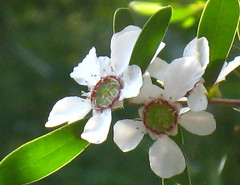In the meantime I wanted to put up some previous winners. And it is worth clicking on the links, since the judges dissect each haiku, teasing out its meaning and saying why it won.
2010:
Silverfish, tell me,
Darwin and Dostoevsky,
do they taste the same?
Martha Love, Gatsonia, NC
2008:
Two million flowers
The Ten-thousand mile harvest
Sweetens my pancake
Joel Caren, Raleigh, NC
And I finally got an ID on the strelitzia below, Ravenala madacasgariensis, which grows in a single plane.

1 comment:
Found a link to this and thought it was a useful definition:
"How many parts does it(a haiku) have? Though it can be presented on the page in three lines, a traditional Japanese haiku of Issa's era structurally consists of two parts with a pause in between. Its power as poetry often derives from juxtaposition of the two images and the sense of surprise or revelation that the second image produces. A good haiku is like a good joke: the set-up (image 1), then the punch line (image 2). An example from Issa:
spring rain--
the uneaten ducks
are quacking
Two images appear: (1) spring rain falling, (2) the ducks that have survived the cooking pots of winter quacking. Considered alone, each image doesn't amount to much of a poem. But set side-by-side, the rain and the ducks make a powerful, celebratory statement about life, survival, and the promise of spring."
About Haiku
Post a Comment